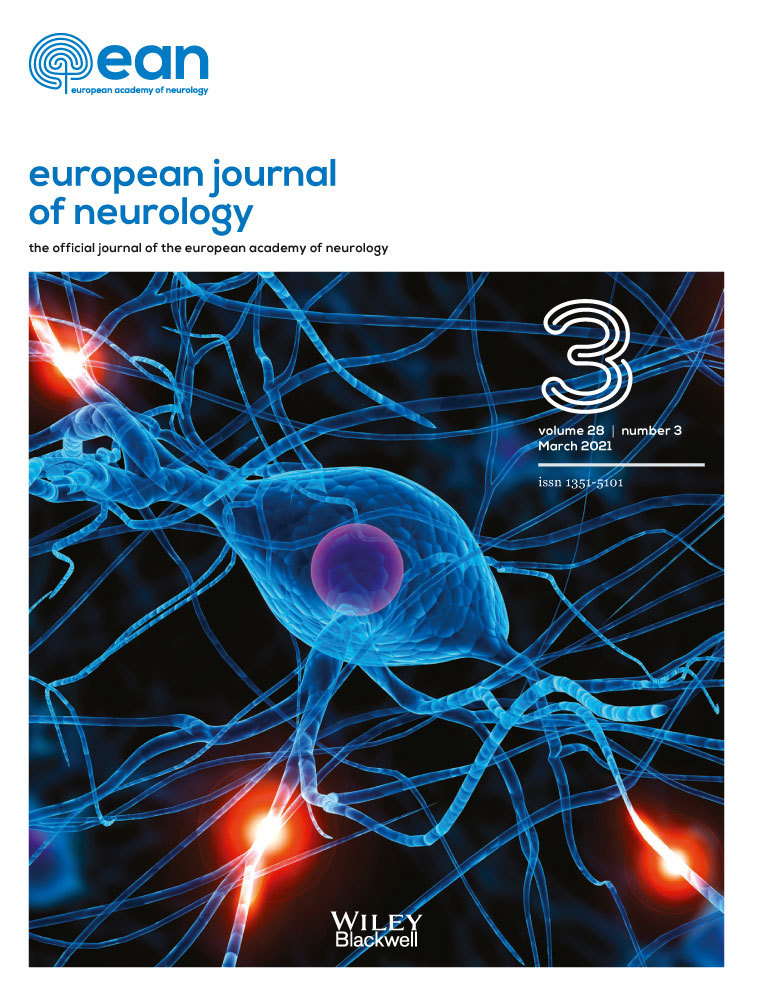Associations between texture of T1-weighted magnetic resonance imaging and radiographic pathologies in Alzheimer’s disease
Abstract
Background and purpose
Texture analysis of magnetic resonance imaging (MRI) brain scans have been proposed as a promising tool in the early diagnosis of Alzheimer’s disease (AD), but its biological correlates remain unknown. In this study, we examined the relationship between MRI texture features and AD pathology.
Methods
The study included 150 participants who had a 3.0T T1-weighted image, amyloid-β positron emission tomography (PET), and tau PET within 3 months of each other. In each of six brain regions (hippocampus, precuneus, and entorhinal, middle temporal, posterior cingulate and superior frontal cortices), linear regression analyses adjusting for age and sex was performed to examine the effects of regional amyloid-β and tau burden on regional texture features. We also compared neuroimaging measures based on pathological severity using ANOVA.
Results
In all regions, tau burden (p < 0.05), but not amyloid-β burden, were associated with a certain texture feature that varied with the region’s cytoarchitecture. Specifically, autocorrelation and cluster shade were associated with tau burden in allocortical and periallocortical regions, whereas entropy and contrast were associated with tau burden in neocortical regions. Mean signal intensity of each region did not show any associations with AD pathology. The values of the region-specific textures also varied across groups of varying pathological severity.
Conclusions
Our results suggest that textures of T1-weighted MRI reflect changes in the brain that are associated with regional tau burden and the local cytoarchitecture. This study provides insight into how MRI texture can be used for detection of microstructural changes in AD.
CONFLICTS OF INTEREST
The authors declare that there are no conflicts of interest associated with this work.
Open Research
DATA AVAILABILITY STATEMENT
The data that support the findings of this study are available from the corresponding author upon reasonable request.




